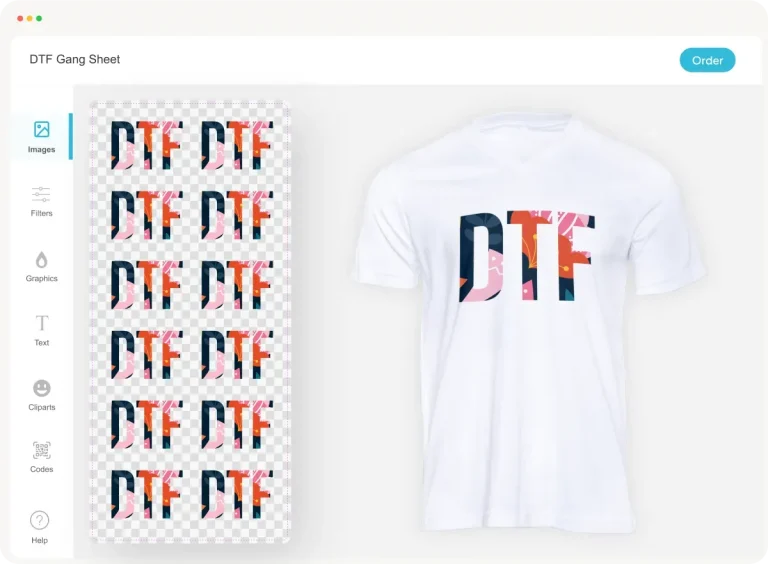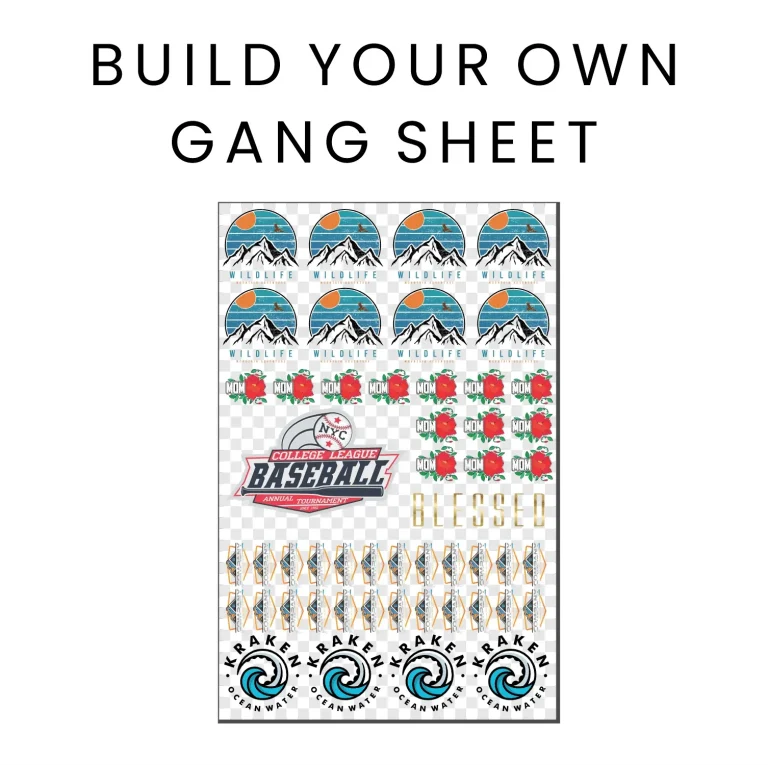DTF Gangsheet Builder: What You Need to Know Today
DTF Gangsheet Builder is reshaping how shops plan multi-design runs with minimal waste. When evaluating options, the DTF gangsheet builder comparison reveals a spectrum of features, pricing, and workflows. As part of the DTF printing software ecosystem, it coordinates layout, color control, and transfer sheet readiness. Users praise gangsheet automation tools for faster prepress and consistent results across high-volume jobs. For many studios, this stands out as one of the best DTF tools for studios, delivering DTF transfer sheet optimization and reliable templates.
Viewed through the lens of modern print workflows, the DTF gangsheet creation tool blends asset management with smart tiling to maximize fabric yield. Other terms you might see include gang sheet layout optimizer or DTF transfer sheet layout software, all pointing to the same goal of efficient prepress. These LSIs cluster topics such as layout automation, color fidelity, printer compatibility, and file interoperability to help buyers compare options without jargon. By presenting the capability in varied terms, studios can evaluate tools on outcomes – reduced waste, faster turnarounds, and consistent color – without being tied to a single product name.
DTF Gangsheet Builder: Maximize Output with Smart Layouts and Color Precision
A DTF Gangsheet Builder leverages layout intelligence to arrange multiple designs on a single transfer sheet, dramatically reducing waste and speeding up prepress. By optimizing the placement, padding, and bleed, the tool supports DTF transfer sheet optimization and helps teams pack more designs into every print run without sacrificing alignment or quality.
In practice, this kind of builder becomes central to a studio’s workflow by integrating with DTF printing software and supporting robust color management. Expect consistent color across all designs, native vector support, and export formats that align with your printer, RIP, and transfer sheet requirements. For studios evaluating tools, this translates into faster throughput, fewer reprints, and clearer production handoffs for operators.
DTF Gangsheet Builder vs Alternative Tools: A Practical DTF gangsheet builder comparison
When comparing a dedicated DTF gangsheet builder to alternative options like integrated RIP features or generic design software, the differences in automation and workflow flexibility become evident. Gangsheet automation tools tailored to DTF workflows often deliver optimized layouts, preset margins, and seamless export options that reduce manual adjustments and prepress time, whereas generic design suites may require more manual tweaking.
To choose wisely, evaluate through a practical lens: run trials with desktop versus cloud-based solutions, consider the total cost of ownership, and weigh ROI from reduced waste and faster job turnover. Look for strong color fidelity, printer compatibility, and robust support—elements highlighted in discussions around DTF gangsheet builder comparison, DTF printing software ecosystems, and best DTF tools for studios.
Frequently Asked Questions
DTF gangsheet builder comparison: how does the DTF Gangsheet Builder stack up against other options like DTF printing software and gangsheet automation tools?
The DTF Gangsheet Builder specializes in arranging multiple designs on a single transfer sheet with layout intelligence, automatic spacing, and color-managed previews. Unlike generic DTF printing software, it focuses on gang sheets to reduce substrate waste and speed prepress. When compared with gangsheet automation tools, it often offers stronger layout algorithms and printer-ready exports, plus smoother workflow integration. For your shop, weigh throughput needs, deployment (cloud vs desktop), and total cost of ownership to decide if this focused solution fits a high-volume studio or a smaller operation.
What should studios look for when evaluating the DTF Gangsheet Builder as part of the best DTF tools for studios, especially for DTF transfer sheet optimization?
Key criteria include layout optimization and automation; color management with profiles and proofs; vector and raster support; printer/RIP compatibility; workflow integration and onboarding; licensing, updates, and total cost. For DTF transfer sheet optimization, prioritize automatic tiling with margins, rotation options, and reliable exports to your printer/RIP. Run a trial with representative jobs to gauge time-to-first-print, color accuracy, and waste reduction, ensuring the tool fits among the best DTF tools for studios.
| Aspect | Key Points |
|---|---|
| What is a DTF Gangsheet Builder? | Software tool to arrange multiple designs on a single DTF transfer sheet, maximizing material usage, minimizing waste, and ensuring accurate color placement and registration. |
| Core benefits | Faster prepress, fewer reprints due to misalignment, clearer production instructions, and potential cost savings from reduced waste. |
| Key features to look for | – Layout optimization with automatic tiling and smart spacing – Color management and proofing with standard profiles – Design/vector support (SVG, AI, EPS; raster formats with transparency) – Export formats and printer/RIP compatibility – Workflow integration with design tools (Illustrator, CorelDRAW) – Ease of use, templates, onboarding resources – Cost, licensing, updates, and vendor support |
| DTF Gangsheet Builder vs Alternatives | – Dedicated builders offer optimized layouts and export options; generic design software may work but needs more manual prepress. – Integrated RIP/printer software can simplify workflows but may limit layout flexibility; standalone tools offer more experimentation. – Cloud-based vs desktop impacts collaboration vs speed/offline access. – Price vs ROI: higher upfront investment may reduce reprints and speed up production for high-volume shops. |
| Common user praise | Time savings on layout/prepress; reduced material waste; improved batch consistency; clearer operator instructions; better color control and fewer post-print adjustments. |
| Practical workflow considerations | File preparation and handoff to production-friendly formats; color fidelity with printer profiles; scalable workflows and automation for high-volume operations. |
| How to evaluate options | Define throughput goals; list must-have features; run trials/demos; assess total cost of ownership; check vendor support and community resources. |
| Tips to maximize efficiency | Plan layouts around common substrate sizes; use color-managed proofs; build a library of reusable design blocks; maintain consistent file naming/versioning; regularly update printer profiles. |
| Case studies & scenarios | Examples include a mid-sized shop reducing substrate waste by 15-25% after adopting a dedicated tool and studios speeding setups by reusing templates for seasonal campaigns. |
Summary
Table and key points presented above summarize the essential concepts about a DTF Gangsheet Builder, including its purpose, benefits, features to evaluate, and practical workflow considerations. The accompanying conclusion below provides a descriptive, SEO-focused wrap-up tailored for readers interested in DTF Gangsheet Builder and related topics.




